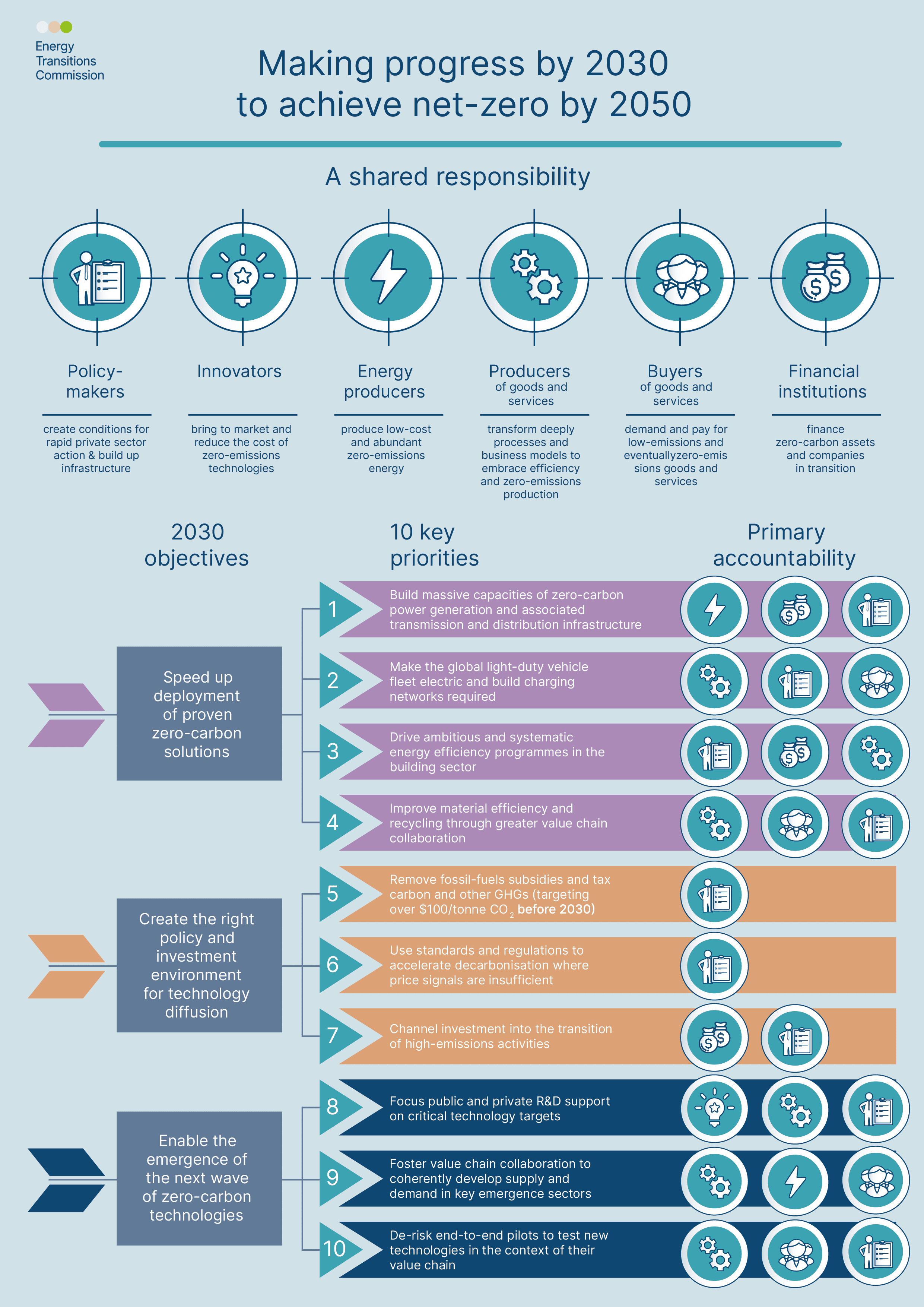The latest report of the IPCC released on the 7th of August pronounced a ‘Code Red for Humanity’ making a definitive statement compelling every entity to act to battle climate change. It says with high certainty that to stabilize the climate, carbon dioxide emissions must reach net-zero, and other greenhouse gas emissions must decline significantly.
Data analytics towards climate action
Can data analytics help mitigate climate change?
The latest report of the IPCC released on the 7th of August pronounced a ‘Code Red for Humanity’ making a definitive statement compelling every entity to act to battle climate change. It says with high certainty that to stabilize the climate, carbon dioxide emissions must reach net-zero, and other greenhouse gas emissions must decline significantly.
How does humanity get to the point of net-zero and how do all corporations combinedly activate themselves to contribute towards this? Here’s a quick dekko at how technology interventions can help by harnessing the power of data and analytics to understand, manage, and subsequently report and track “Mission Net-Zero”.
Here are the various ways Data and Analytics can help ameliorate Climate Change.
1. Net-zero emissions
What an organization can measure and analyze, it can manage. So, employing data collection and analytics to track carbon emissions so that they can be reduced through deliberate changes in operations, policies, devices, and machinery, systems, etc. are essential to realizing positive climate change contributions and achieving carbon neutrality.
Franck Fourniol, Senior Policy Advisor (Data and AI) at the Royal Society.
Much of this digital technology gathers data apply analytics to it to provide solutions towards Net-Zero.
The image below makes it evident that it would take a wide array of data and analytics-backed multi-pronged financial, policy and, energy management measures to get on track by 2030 to achieve Net-Zero emissions by 2050.

2. Reduction in energy consumption
A multitude of measures and tweaks in operations go into minimizing power consumption by industry, government bodies, and other organizations. Recording consumption closely (with the help of meters), and then analyzing the data is imperative to minimizing consumption whether through efficiency measures, the introduction of energy-efficient equipment, or processes.
3. Adapting renewable energy
There are now several renewable energy options available that are not only technologically more mature than 10 to 15 years ago but also more economical. Solar energy can be harvested anywhere there is sunshine and space. Hydropower, solar, wind, biomass, geothermal biofuels, etc. constituting modern renewable sources of energy and traditional renewables such as wood, animal waste, and traditional charcoal constitute only 22.8% of all the energy used leaving a large potential for adoption.
There are certain challenges with adopting renewable energy sources like wind and solar power as they tend to be highly variable and not accurately predictable in some parts of the world. This can be addressed to a large extent by ML, IoT technologies, and of course, data analysis.
Forbes Magazine aptly notes about data on resources used, waste generated, and renewable energy that “…organizations can reduce their carbon footprint by utilizing sensors in their built environments to keep track of carbon emissions. Similar IoT sensors can also monitor the amount of waste generated and the energy consumed. When it comes to renewable energy assets like wind turbines, unstructured data can be pulled directly from these sources into the cloud and, utilizing predictive analytics, turned into real-time, actionable intelligence.”
4. Reduce waste and obsolescence
Although waste is significant in terms of carbon and carbon equivalent emissions is either neglected or well recognized for its impact on climate change. The waste could be material or energetic but ultimately it converts to the amount of GHG emissions thereby contributing to climate change. It is something that can be managed and minimized.
5. Opting for sustainable suppliers
To truly become sustainable, an organization needs to make sure its suppliers to are sustainable. This involves having information, therefore, reporting by the suppliers on various parameters on legal compliances, human rights, and environmental benignity. This information is easier to analyze in the form of data and if present for a sufficient period.
“Big data analytics (BDA) technologies have the capability to continually analyse data and share results in real time to help generate new insights and make decisions to solve complex problems across the supply chain. The application of BDA is likely to result in improved operational performance through accurate and faster decision making within the supply chain, especially when there is access to real-time data. BDA can drive efficiency and effectiveness in supply chain management in terms of improved demand management, faster new product development, better supply chain risk management, better supplier management and development of efficient and robust supply chain designs, thus supporting the sustainability agenda.”
6. Carbon trading
Carbon emissions trading schemes for carbon dioxide and other greenhouse gases are an approach to limit climate change by creating a market with limited allowances for emissions. The market is heavily data-dependent considering various factors. ICIS (Independent Commodity Intelligence Services) uses data analysis to offer services to its clients on Market analysis, price forecasts, data, and news enabling them to make better trading decisions. The service uses over 2 million data points to model, formulate and provide accurate insights.
7. Compliance with ESG norms
Environmental, Social, and Governance (ESG) are a broad set of performance metrics to measure the compliances of companies towards social and environmental factors. ESG disclosures and compliance have also become a critical decision point in the investment process at any major financial institution. Increasingly, the compliance to Environmental, Social, and (Corporate) Governance regulations has grown to become an eliminating factor for transactions and selection of partners. Data collection and analysis then lends transparency and monitoring compliance internally before being audited by stakeholders. Applying analytics to data also helps organizations to go beyond compliance, set bigger goals and keep on track to achieving them.
It wouldn’t be wrong to conclude that collecting the appropriate quantity and quality of data and subsequent analysis of it is the heart of managing carbon neutrality and taking responsible actions for our next generations through
Predictions – Climate forecasts, risk pre-emption
Insights – A deeper understanding of resource use, carbon emissions, energy consumption, waste, etc.
Monitoring – Give the ability to closely watch various crucial parameters relevant to carbon and GHG emissions
A powerful solution like Eka Sustainability reporting solution can assist companies in carrying out all the above functions, from predictions to insights, dashboards, and finally monitoring and providing risk alerts, will aid the C-Suite and decision-making members of organizations to ensure a sustainable future for the company and its stakeholders.
–
This article was published on DataQuest.
Other resources

The ultimate guide to sustainability data
Despite there being a considerable movement worldwide on what Sustainability entails, the idea of Sustainability, even less so sustainability reporting, is still ambiguous for most working professionals.

Eka sustainability solution
Organizations often struggle to visualize reporting of accurate data across multiple global standards which they need to comply with, impeding the full potential of their sustainability strategy and program.

Despite there being a considerable movement worldwide on what Sustainability entails, the idea of Sustainability, even less so sustainability reporting, is still ambiguous for most working professionals.

Organizations often struggle to visualize reporting of accurate data across multiple global standards which they need to comply with, impeding the full potential of their sustainability strategy and program.